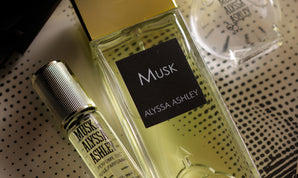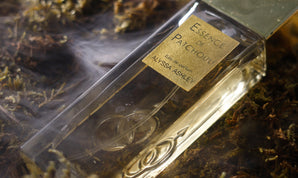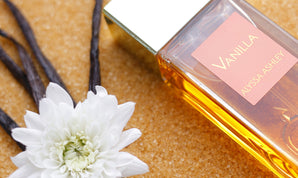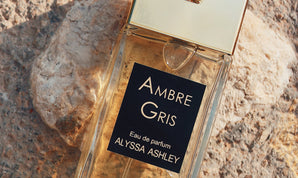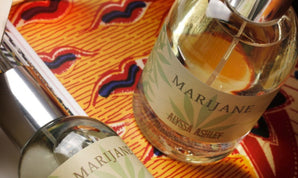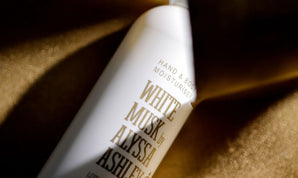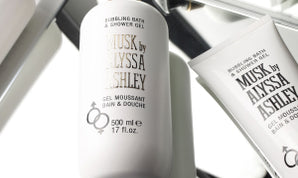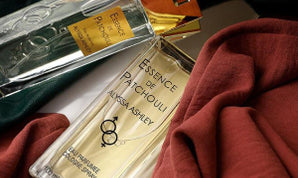Patchouli, along with vetiver, are the absolute stars among the woody notes in perfumery. The leaves are used for Patchoulin and the roots are used for Vetiver.
Pogostemon Cablin, the scientific name for Patchouli, is a perennial plant that grows wild in many areas, the island of Sulawesi in Indonesia being one of the areas most affected. Not forgetting India and Malaysia.
The storytelling of the well-known Borneo 1834 perfume reminds us that patchouli arrived in the West in the early decades of the 1800s. British colonists, on their travels, used parts of the plant, including silks and fabrics, as a thermicide.
The material changes according to areas, climate, soil type, and of course from the type of extraction.
One of the problems associated with patchouli production is the massive presence of middlemen, between cultivation and the process of extracting the raw material.
For this reason, multinational companies, such as IFF, try to control and protect, with the help of local associations, the land and the workers, from farmers to distillers, no one excluded.
It is certified "For Life" patchouli produced by LMR (Laboratoire Monique Rémy, now owned by IFF).
In addition to a control of the land, there is protection of the product and respect for a plant's natural time needed to regenerate.
Qualified personnel teach the work to the inhabitants and show how to act on the soil in order to achieve a better crop, without pesticides.
The result gives us a wonderful product, certainly not cheap, however at a lower price than the presence of useless middlemen with quite different interests.
The essential oil is extracted from the dried leaves by steam distillation. The olfactory profile is complex and refined. The aroma is a constant balance of freshness, while cocoa notes peep out as the intensity fades over time.
Other classic, or modern, extraction methods are:
- CO2, through supercritical liquid
- molecular, with a material first extracted in a vapor current
- with solvent, from which processing yields the absolute, and is highly prized
Patchoulol (molecular distillation results in nearly 65 percent of the extraction), gives the material its characteristic fragrance. Other components, present in various amounts, are: Aldehydes, Patchoulene, Pogostol, Bulnesol.
Depending on the % of Patchoulol, the matter modifies its olfactory profile, that is, it acquires, or loses, characterizing sides.
For example, all those camphorate, fungal and earthy scents may be completely absent, in favor of floral and fruity facets.
It is a raw material that contains terpenes, and eliminating the "bad" ones is considered a 'fractionation operation.
This is not the case with patchouli, because not all terpenes are eliminated, but it is possible to do so when the "nose" needs a rounder, less balsamic matter.
It is called Cœur de Patchouli the compound obtained by molecular fractionation and diaphanous will be its beauty. In the top notes there is a powdery, very elegant allure.
While Akigalawood® (Givaudan's captive) is a fractionated note from the oil. It is produced by an enzymatic reaction acting on part of the concentrate. The result highlights Rotundone (spicy, peppery nuance), one of the minor components. Rotundone is also present in oud wood,
Definitely interesting materials are also obtained through synthesis.
Firmenich's Clearwood, for example, with a very full and complex aroma. It is warm from start to finish, opulent, fruity, creamy and woody at the same time.
Alyssa Ashley has explored the fantastic world of patchouli through the legendary Essence de Patchouli with its unparalleled depth, volume and richness of aroma. Balsamic, oriental notes and its slightly powdery, woody character does not even hide a grassy undertone, and a scent of dew-soaked iris.
It amuses and impresses to use patchouli in perfumery, because the impression of discovering new aspects, every time, is real.
Will this also be why we will soon hear new interpretations of such a plant from Alyssa Ashley?
I can't anticipate too much, I'm dying to read your impressions.
We will hear rich notes of warm patchouli, full-bodied, with an abundance of precious woods and sweet, oriental qualities of spicy and musky undertones.
These will be scents with impeccable aromatic progressions, always balanced and harmonious.
